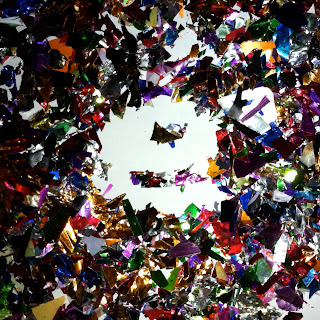Do Activity 2.4 and 2.6 as a written document of a total 1-2 pages.
2.4: Look at a few ads from television. Ask yourself each:
1. Is this a narrative? Does it begin rather than just start, and end rather than just stop?
2. How do I know? Are the people in it constructed as characters?
3. Or is it simply a list of claims or prices, or an image of a situation in which the product seems attractive?
When I turned on my television, the first ad to come on was an ad for a ShamWow. For anyone unfamiliar with this product, its some kind of microfiber cloth that has an exceptional ability to absorb liquids. I think that this commercial (and any similar commercial) is what #3 is describing. TV Ads that lure a buyer in by introducing a product and then giving a number of situations in which that product would be useful. There aren't any real characters in it, and the "narrator" is just a person attempting to sell you a gimmicky product. All the "As Seen on TV" products follow a similar commercial structure in which there is no attempt at a story.
2.6: What difference does this "speed" and clarity or capacity for exaggeration make to the kinds of narratives which can be told in animation? Do you think South Park and the Simpsons tell different kinds of stories partly because of their different styles of animation? How would you apply this to films such as The Incredibles which are heavily marketed on off-screen star voices?
I don't feel that the type of animation completely decides what kind of story is being told. Sure, less serious story lines may tend to have a simpler animation (for example, cartoons), but a simple animation can still have a deep meaning. I have seen very important issues in South Park, and I don't think that the simple cut-out appearance makes me take it less seriously. A more extensive method of animation is just more visually appealing, as we can see in many Disney/Pixar films. The Incredibles has a much more elaborate and complex animation structure than The Lion King, but both the stories have strong characters and interesting storylines.
























